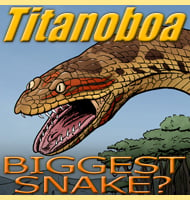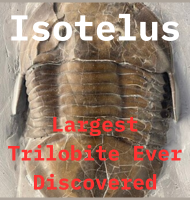In Depth
Further Reading
– Indications of five species, with two new genera, of extinct Fishes. – Proceedings of the Academy of Natural Sciences of Philadelphia 7:414 – J. Liedy – 1855. – On the Occurrence of Edestus in the Coal-Measures of Britain. – Quarterly Journal of the Geological Society 60:1-9 – E. T. Newton – 1904. – Ueber eine neue Edestus-Art aus den Karbon-Ablagerungen der Umgebungen von Kolmna. [About Edestus a new species from the Carboniferous deposits of the environments of Kolmna]- Bulletin de la Soci�t� Imp�riale des Naturalistes de Moscou, Nouvelle S�rie 21(4):529-535 – A. B. Missuna – 1908. – On the nature of Edestus and related genera, with descriptions of one new genus and three new species. – Proceedings of the United States National Museum 37:43-61 – O. P. Hay – 1909. – On an important specimen of Edestus; with description of a new species, Edestus mirus. – Proceedings of the United States National Museum 42(1912):31-38 – O. P. Hay – 1912. – On a New Species of Edestus from the Upper Carboniferous of Yorkshire. – Quarterly Journal of the Geological Society 72(1):1-6 – A. S. Woodward – 1916. – An Abraded Tooth of Edestus (Chondrichthyes, Eugeneodontiformes): Evidence for a Unique Mode of Predation. – Transactions of the Kansas Academy of Science. 118. – Wayne M. Itano – 2015. – Redefining species concepts for the Pennsylvanian scissor tooth shark, Edestus. – PLOS ONE. 14 (9). – Leif Tapanila & Jesse Pruitt – 2019.











